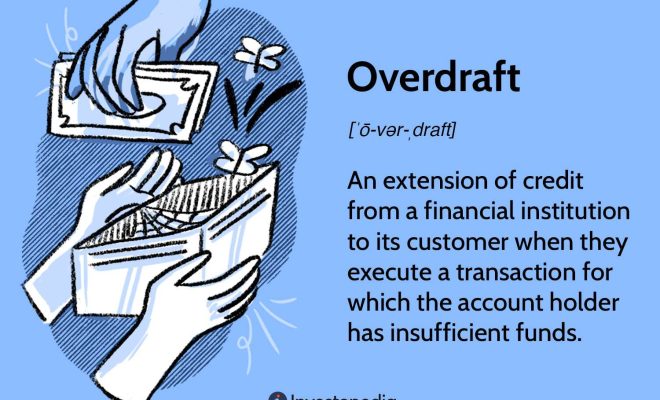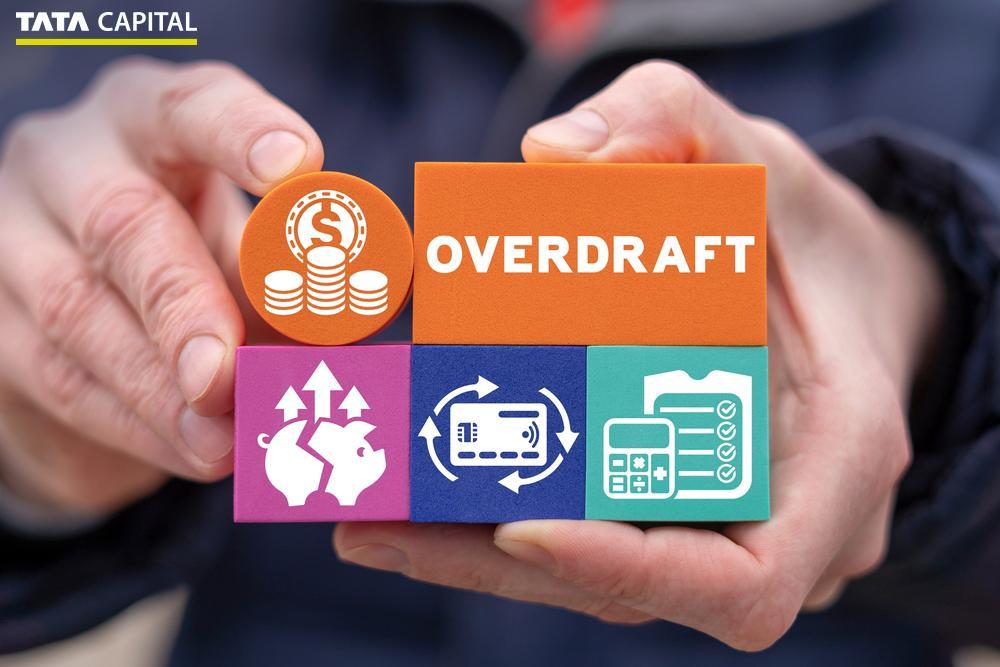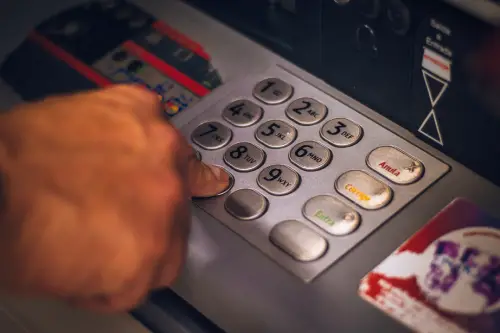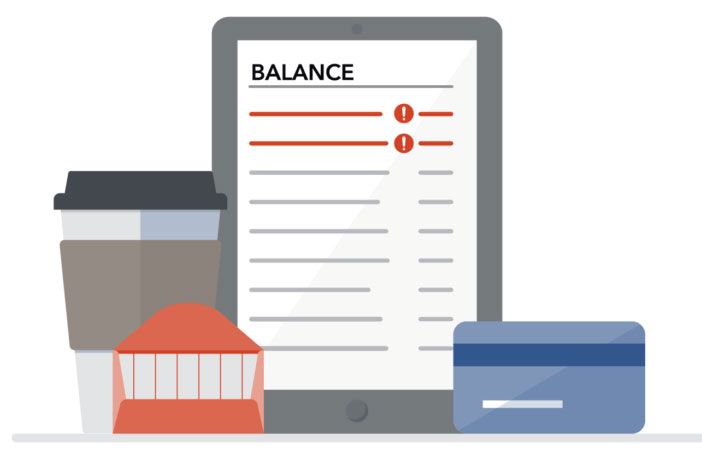Understanding Overdraft Fees and How to Avoid Them
Overdraft fees can be a significant financial burden for individuals who are not aware of their bank’s overdraft policy. When an account holder attempts to make a transaction that exceeds their available balance, the bank may cover the transaction and charge an overdraft fee. This fee can range from $20 to $40 per transaction, depending on the bank’s policy. To avoid accumulating excessive overdraft fees, it is essential to understand how overdraft fees work and how to manage your account effectively.
One of the primary reasons individuals incur overdraft fees is due to a lack of awareness about their account balance. To avoid this, it is crucial to regularly monitor your account balance and set up low-balance alerts to notify you when your balance falls below a certain threshold. Additionally, understanding your bank’s overdraft policy can help you make informed decisions about your account management. Some banks offer overdraft protection services that can transfer funds from a linked account or credit card to cover overdrafts, while others may offer a grace period before charging overdraft fees.
When searching for banks that let you overdraft right away, it is essential to consider the overdraft fees and policies associated with each bank. Some banks may offer more flexible overdraft policies, such as lower fees or higher overdraft limits, while others may have more stringent policies. By understanding the overdraft policies of different banks, you can make an informed decision about which bank best fits your financial needs.
In addition to understanding overdraft fees and policies, it is also essential to maintain good account management habits. This includes keeping a positive account balance, avoiding excessive overdrafts, and making timely repayments. By following these best practices, you can minimize the risk of incurring overdraft fees and maintain a healthy financial relationship with your bank.
What to Look for in a Bank with Instant Overdraft Options
When searching for banks that let you overdraft right away, it’s essential to consider several key features that can impact your financial well-being. One of the most critical factors is the overdraft limit, which is the maximum amount the bank will allow you to overdraft. Some banks offer higher overdraft limits, while others may have lower limits or more restrictive policies.
Another crucial aspect to consider is the overdraft fee structure. Some banks charge a flat fee per overdraft, while others may charge a percentage of the overdraft amount. Additionally, some banks may offer overdraft protection services that can transfer funds from a linked account or credit card to cover overdrafts, which can help minimize fees.
Repayment terms are also an essential consideration when evaluating banks with instant overdraft options. Some banks may require you to repay the overdraft amount immediately, while others may offer more flexible repayment terms, such as a few days or weeks to repay the amount.
Some banks that offer instant overdraft options with flexible policies include Chase Bank and Bank of America. Chase Bank offers an overdraft protection service that can transfer funds from a linked account or credit card to cover overdrafts, while Bank of America offers a “Keep the Change” service that can help you avoid overdrafts by transferring small amounts from your checking account to your savings account.
When evaluating banks with instant overdraft options, it’s also essential to consider their overall fees and charges. Some banks may charge higher fees for overdrafts, ATM usage, or maintenance, which can add up quickly. By carefully evaluating these factors, you can find a bank that offers instant overdraft options with flexible policies that meet your financial needs.
How to Get Approved for an Overdraft Account
Getting approved for an overdraft account requires a combination of good financial habits and a solid understanding of the bank’s overdraft policies. One of the most critical factors in getting approved is maintaining a good credit score. A good credit score demonstrates to the bank that you are responsible with your finances and can manage debt effectively.
In addition to a good credit score, keeping a positive account balance is also essential. This shows the bank that you have a stable financial foundation and can manage your account effectively. Avoiding excessive overdrafts is also crucial, as this can indicate to the bank that you are not responsible with your finances.
Another important factor is to demonstrate a consistent income stream. This can be in the form of a steady paycheck or regular deposits into your account. This shows the bank that you have a reliable source of income and can repay any overdrafts.
When applying for an overdraft account, it’s also essential to carefully review the bank’s overdraft policies and fees. This will help you understand the terms and conditions of the account and ensure that you are comfortable with the fees and charges associated with it.
Some banks that let you overdraft right away may also offer overdraft protection services or other features that can help you manage your account effectively. These services can provide an added layer of protection and help you avoid excessive fees.
By following these tips and demonstrating good financial habits, you can increase your chances of getting approved for an overdraft account. Remember to always carefully review the bank’s overdraft policies and fees before applying, and make sure you understand the terms and conditions of the account.
Top Banks that Offer Instant Overdraft Options
Several top banks offer instant overdraft options with flexible policies. Wells Fargo, for example, offers an overdraft protection service that can transfer funds from a linked account or credit card to cover overdrafts. The bank’s overdraft fee is $35 per transaction, and the overdraft limit is $2,500.
Citi Bank also offers an overdraft protection service that can transfer funds from a linked account or credit card to cover overdrafts. The bank’s overdraft fee is $34 per transaction, and the overdraft limit is $1,500. Additionally, Citi Bank offers a ” overdraft protection transfer” service that can transfer funds from a linked account to cover overdrafts.
PNC Bank offers an overdraft protection service that can transfer funds from a linked account or credit card to cover overdrafts. The bank’s overdraft fee is $36 per transaction, and the overdraft limit is $2,000. PNC Bank also offers a ” overdraft protection transfer” service that can transfer funds from a linked account to cover overdrafts.
When comparing the overdraft policies of these top banks, it’s essential to consider the fees, limits, and repayment terms. Some banks may offer more flexible policies or lower fees, while others may have more restrictive policies or higher fees.
For example, Wells Fargo’s overdraft protection service offers a higher overdraft limit and more flexible repayment terms compared to Citi Bank and PNC Bank. However, Citi Bank’s overdraft protection transfer service offers a lower overdraft fee compared to Wells Fargo and PNC Bank.
Ultimately, the best bank for instant overdraft options will depend on your individual financial needs and preferences. By carefully reviewing the overdraft policies of top banks, you can find the one that best fits your needs and provides the most flexible and affordable overdraft options.
https://www.youtube.com/watch?v=Ctp2l95wanM
Alternatives to Traditional Overdraft Accounts
While traditional overdraft accounts can provide a convenient way to cover unexpected expenses, they may not be the best option for everyone. Fortunately, there are alternative options available that can provide similar benefits without the risks associated with traditional overdraft accounts.
One alternative option is an overdraft protection service. This type of service allows you to link a savings account or credit card to your checking account, which can be used to cover overdrafts. This can help you avoid overdraft fees and minimize the risk of accumulating debt.
Another alternative option is a prepaid debit card. These cards allow you to load a specific amount of money onto the card, which can be used to make purchases or pay bills. Because the card is prepaid, you can’t overdraft, which can help you avoid fees and debt.
Some banks also offer overdraft protection services that can transfer funds from a linked account or credit card to cover overdrafts. These services can provide an added layer of protection and help you avoid excessive fees.
When considering alternative options to traditional overdraft accounts, it’s essential to weigh the benefits and drawbacks of each option. For example, overdraft protection services may require a fee for each transfer, while prepaid debit cards may have limited acceptance or higher fees for certain transactions.
Ultimately, the best alternative option will depend on your individual financial needs and preferences. By carefully considering the benefits and drawbacks of each option, you can find an alternative that provides the flexibility and protection you need without the risks associated with traditional overdraft accounts.
Managing Your Overdraft Account Responsibly
Managing an overdraft account responsibly requires careful attention to your account balances, overdraft limits, and repayment terms. To avoid accumulating excessive fees and debt, it’s essential to monitor your account balances regularly and make timely repayments.
One of the most critical aspects of managing an overdraft account is avoiding excessive overdrafts. This can be achieved by setting up low-balance alerts, which can notify you when your account balance falls below a certain threshold. Additionally, you can set up automatic transfers from a linked account or credit card to cover overdrafts.
Making timely repayments is also crucial to managing an overdraft account responsibly. Most banks require you to repay the overdraft amount within a specified timeframe, usually a few days or weeks. Failing to make timely repayments can result in additional fees and interest charges.
Another essential aspect of managing an overdraft account is understanding the repayment terms. Some banks may offer flexible repayment terms, such as a few months or a year, while others may require immediate repayment. It’s essential to understand the repayment terms before opening an overdraft account.
By managing your overdraft account responsibly, you can avoid accumulating excessive fees and debt. This requires careful attention to your account balances, overdraft limits, and repayment terms. By following these best practices, you can use overdraft accounts as a convenient and flexible way to cover unexpected expenses.
Some banks that let you overdraft right away also offer tools and resources to help you manage your overdraft account responsibly. These may include online banking platforms, mobile apps, and customer support services. By taking advantage of these resources, you can stay on top of your account balances and make timely repayments.
Common Mistakes to Avoid with Overdraft Accounts
When using overdraft accounts, it’s essential to avoid common mistakes that can lead to excessive fees, debt, and financial difficulties. One of the most significant mistakes is accumulating excessive fees. This can happen when you don’t monitor your account balances regularly, leading to multiple overdrafts and fees.
Another common mistake is ignoring repayment terms. Most banks require you to repay the overdraft amount within a specified timeframe, usually a few days or weeks. Failing to make timely repayments can result in additional fees and interest charges.
Using overdrafts as a long-term financial solution is also a common mistake. Overdrafts are designed to provide temporary financial assistance, not to serve as a long-term solution. Relying on overdrafts for extended periods can lead to debt and financial difficulties.
Not understanding the overdraft policy is another common mistake. Before opening an overdraft account, it’s essential to understand the overdraft fees, limits, and repayment terms. This can help you avoid unexpected fees and debt.
Finally, not monitoring your credit score is a common mistake. Your credit score can affect your ability to get approved for an overdraft account, and it can also impact the interest rates and fees you’re charged. Monitoring your credit score regularly can help you identify areas for improvement and avoid financial difficulties.
By avoiding these common mistakes, you can use overdraft accounts responsibly and avoid financial difficulties. Remember to always monitor your account balances, make timely repayments, and understand the overdraft policy before opening an account.
Some banks that let you overdraft right away also offer tools and resources to help you avoid these common mistakes. These may include online banking platforms, mobile apps, and customer support services. By taking advantage of these resources, you can stay on top of your account balances and make informed financial decisions.
Conclusion: Finding the Right Bank for Your Overdraft Needs
In conclusion, finding the right bank for your overdraft needs requires careful consideration of several factors, including overdraft fees, limits, and repayment terms. By understanding the overdraft policies of different banks and comparing their features, you can make an informed decision about which bank is best for you.
Some banks that let you overdraft right away offer more flexible policies and lower fees than others. By researching and comparing different banks, you can find the one that best fits your overdraft needs and provides the most convenient and affordable way to cover unexpected expenses.
Remember to always read the fine print and understand the overdraft policy before opening an account. This can help you avoid unexpected fees and debt. Additionally, consider alternative options to traditional overdraft accounts, such as overdraft protection services or prepaid debit cards.
By following the tips and advice outlined in this article, you can use overdraft accounts responsibly and avoid financial difficulties. Always monitor your account balances, make timely repayments, and understand the overdraft policy before opening an account.
Ultimately, the key to finding the right bank for your overdraft needs is to do your research and compare different banks. By taking the time to understand the overdraft policies of different banks and comparing their features, you can make an informed decision about which bank is best for you.






